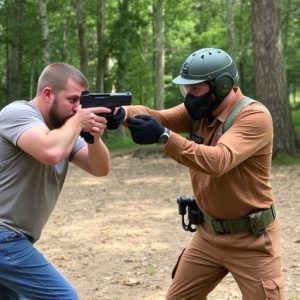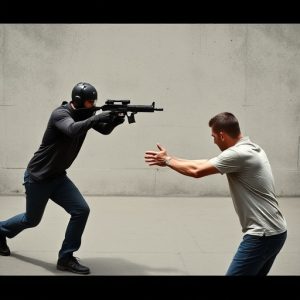Handheld Electrical Self-Defense Weapons: Buying Guide & Comparison
When considering a stun gun for personal safety, key components and features include adjustable volt…….
When considering a stun gun for personal safety, key components and features include adjustable voltage settings for versatility, durable construction, tactical grip, high-visibility design, and built-in safety mechanisms. Different types like pen or baton styles offer unique advantages, with specialized options for discreet self-defense. Important buying factors are voltage, discharge time, safety features, and local legalities. Prioritize power, range, and compact design while balancing effectiveness and safety through adjustable settings, durable construction, and responsible usage practices guided by legal understanding.
In today’s uncertain times, personal safety is paramount. Handheld electrical self-defense weapons, commonly known as stun guns, offer a non-lethal means of protecting oneself against physical harm. This comprehensive guide delves into the world of stun guns, helping you navigate the market and understand what to look for when buying these powerful tools. From types and key features to legal considerations, we provide an in-depth analysis and comparison table of top models, ensuring you’re equipped with knowledge and peace of mind.
- Understanding Handheld Electrical Self-Defense Weapons
- Types of Stun Guns Available in the Market
- Key Features to Consider When Buying a Stun Gun
- Power and Voltage: What You Need to Know
- Legal Considerations for Owning a Stun Gun
- Comparison Table: Top Stun Guns Reviewed
Understanding Handheld Electrical Self-Defense Weapons

Handheld electrical self-defense weapons, commonly known as stun guns or Tasers, are non-lethal devices designed to incapacitate an assailant temporarily through electric shock. When considering what to look for when buying stun guns, it’s crucial to understand their basic components and operating principles. These instruments typically consist of a power source, electrodes, and a firing mechanism. The electrodes deliver an electric current to the target, causing muscle contractions and disorientation, allowing the user to escape or subdue the attacker.
The effectiveness and safety of stun guns depend on several factors. Look for models with adjustable voltage settings to ensure you can deploy the device appropriately in various situations. Durability and quality construction are essential, as these weapons often come into direct contact with potential threats. Additionally, consider features like a tactical grip, high-visibility design for easy accessibility, and built-in safety mechanisms to prevent accidental activation or misuse. Understanding these aspects will help you make an informed decision when purchasing a stun gun for personal defense.
Types of Stun Guns Available in the Market
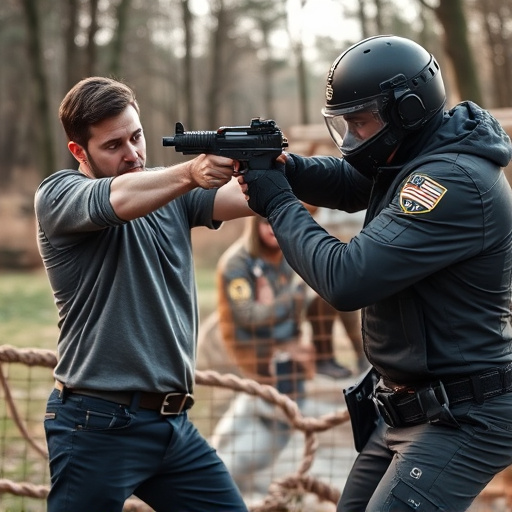
When considering purchasing a stun gun, one of the first things to understand is that there are various types available in the market. These devices typically use electric current to temporarily disable an assailant, providing users with a means of self-defense. Among the most common types are pen stun guns, known for their compact size and ease of concealment; they often resemble everyday writing instruments but pack a significant electrical punch. Another popular option is the stun batons or tasers, which offer a longer reach and can be more effective in close-quarters combat. These devices often come with features like LED lights and various settings for different situations.
For those seeking more specialized options, there are stun guns integrated into everyday items like flashlights or keychains. These are ideal for those who want to ensure they’re prepared without sacrificing convenience. When buying, consider factors like voltage (higher typically means stronger shock), discharge time (the length of time the stun gun can be used before needing a recharge), and safety features like auto-shutdown to prevent accidental activation. What to look for when buying stun guns also includes understanding local laws and regulations regarding their possession and use.
Key Features to Consider When Buying a Stun Gun
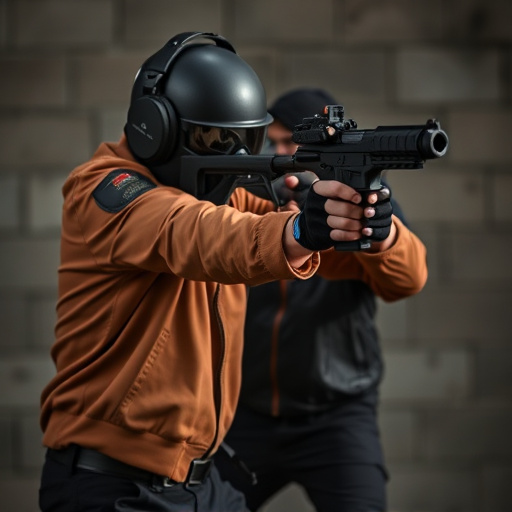
When considering purchasing a stun gun, several key features and factors should be at the forefront of your mind to ensure you make an informed decision. Firstly, power and voltage are critical; look for devices delivering a strong electrical charge capable of incapacitating an assailant. The strength is typically measured in joules, with higher values offering more power. Secondly, range matters; consider models that offer a good reach, allowing you to maintain distance from potential threats. A longer range gives you more time to escape or call for help.
Additionally, size and weight are essential considerations for a handheld defense weapon. Opting for a compact and lightweight design ensures ease of carry and concealment. This feature is particularly important if you plan to keep it readily accessible in case of emergencies. Look for stun guns that balance power, range, and portability without compromising effectiveness. Other features like durability (to withstand regular use and potential rough handling), rechargeable batteries (for cost-effectiveness), and multiple settings (for varying situations) are also valuable additions to your self-defense arsenal.
Power and Voltage: What You Need to Know
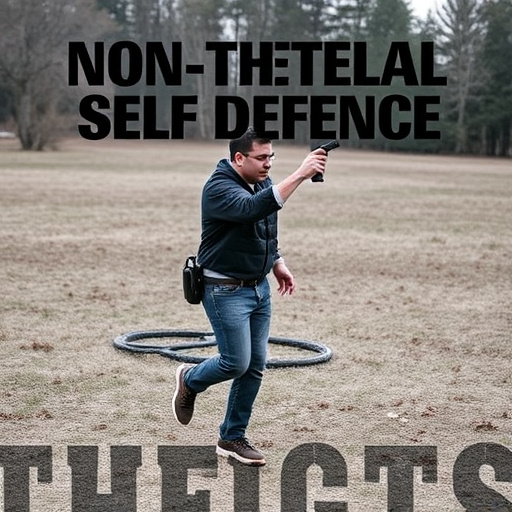
When considering what to look for when buying stun guns, understanding power and voltage is paramount. The energy output, measured in joules, determines the stun gun’s effectiveness. A higher joule rating signifies greater force, making it more capable of incapacitating an attacker. However, it’s not just about power; voltage plays a crucial role too. Voltage, expressed in volts, indicates the electrical potential of the stun gun. Higher voltage can lead to deeper muscle contractions and increased discomfort for the target, but it also raises safety concerns. Ensure you opt for a device with a balanced combination of power and voltage for optimal performance and minimal risk.
Modern stun guns often feature adjustable settings, allowing users to tweak power levels according to their needs and preferences. This flexibility is particularly beneficial in diverse scenarios, from personal protection in low-risk environments to self-defense situations requiring more potent measures. Always prioritize safety features like automatic shut-off mechanisms and durable construction to ensure responsible usage.
Legal Considerations for Owning a Stun Gun
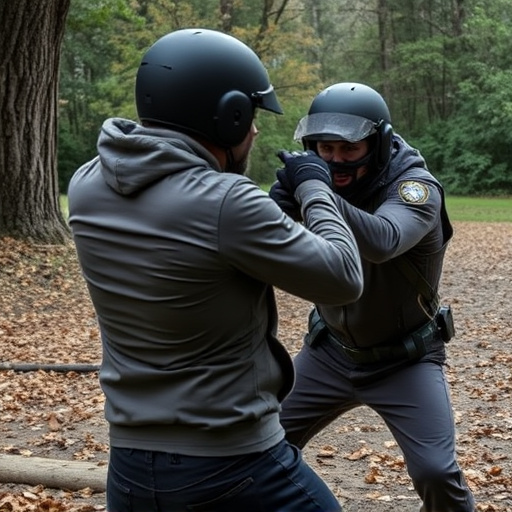
Before considering purchasing a stun gun, it’s crucial to understand the legal landscape surrounding their ownership. The laws pertaining to stun guns vary greatly from one jurisdiction to another, with some regions having strict regulations or even outright bans. When looking for stun guns for sale, what to look for includes checking local, state, and federal laws to ensure compliance. This involves understanding the definition of a stun gun in your area, age restrictions, and any necessary permits or licenses.
Many countries and states require users to be licensed or certified to own certain types of stun guns, while others limit their use to law enforcement and military personnel. Additionally, there might be rules about where you can carry a stun gun—for instance, in your home, on your person, or in a vehicle. What to look for also includes safety features like automatic shut-off mechanisms and low voltage outputs to minimize risks of accidental discharge. Ensuring these legal considerations are met will help users stay within the law and maximize their personal safety.
Comparison Table: Top Stun Guns Reviewed
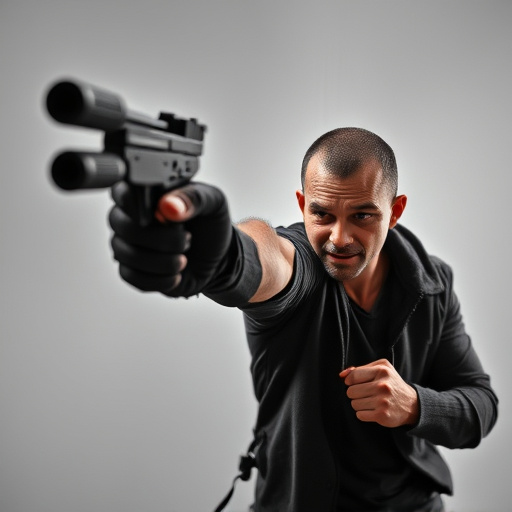
When considering what to look for when buying stun guns, several key factors come into play. Firstly, check the voltage and current ratings; higher numbers indicate a more powerful stun, but also greater safety concerns. Secondly, consider the range – how close you need to be to deploy the device effectively. Some models offer a substantial reach, while others are designed for close-quarters defense. Additionally, weight and size matter for convenience and ease of carry. Look for ergonomic designs that fit comfortably in your hand.
Battery life is another critical aspect; you’ll want a stun gun with a long-lasting battery to ensure you’re prepared when you need it most. Charging time should also be considered – quick charge features can be a lifesaver. Safety features are paramount, so look for models with safety switches and automatic shut-off mechanisms. Lastly, check for any additional accessories or warranty coverage, as these can enhance your purchase experience.
When considering purchasing a handheld electrical self-defense weapon, it’s crucial to balance your safety needs with legal constraints. By understanding the key features, power specifications, and legal requirements outlined in this article, you can make an informed decision. Remember, what to look for when buying stun guns is not just about selecting a device that delivers a strong shock; it’s also about choosing one that aligns with your specific needs and complies with local regulations. The provided comparison table offers a comprehensive overview, enabling you to select the best stun gun suitable for your self-defense requirements.

